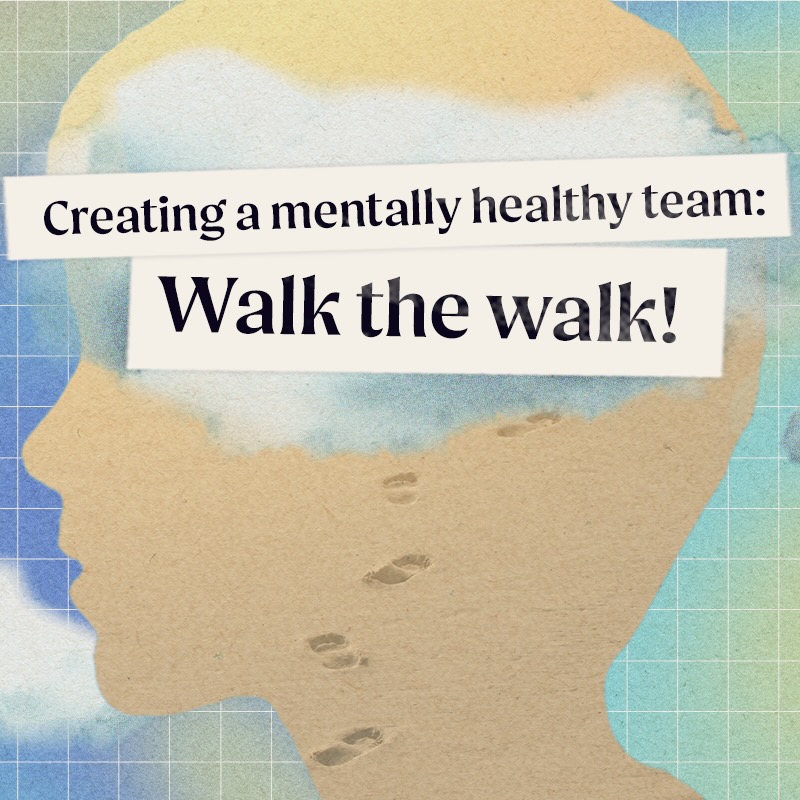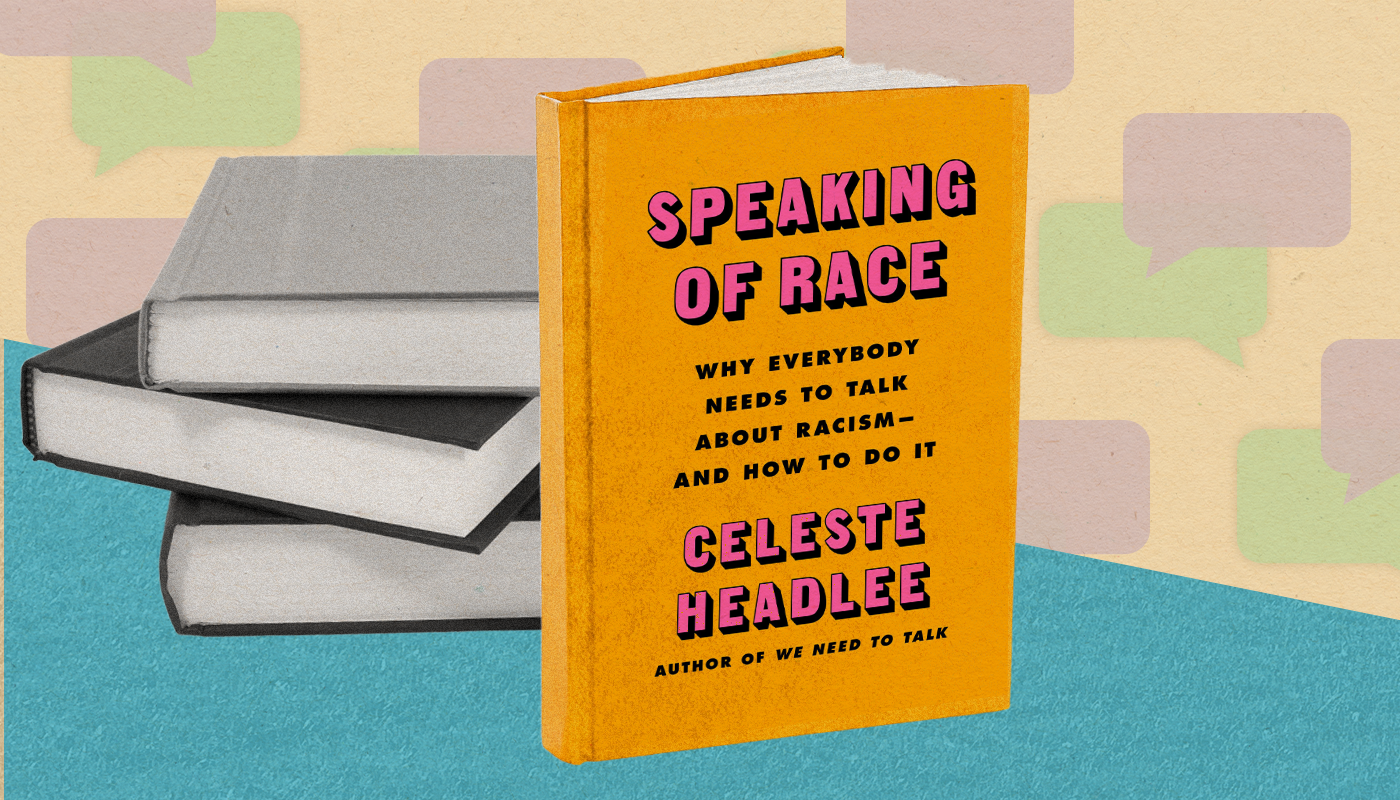Mental health at work: Let’s talk about it
How to create a mentally healthy team (Part 2)

This is the second segment of a three-part series with Morra Aarons-Mele on how to model, talk about, and plan for mental health AT WORK in order to cultivate stronger and healthier teams. Part two of this series is all about how managers can help break the taboo around talking about mental health in the workplace. To see the first segment click here.
In a psychologically safe office, mental health at work is part of the conversation — not a dirty word or term to be whispered. Good practice starts with leaders not being afraid to talk about how they’re feeling, and not being afraid to ask colleagues how they are doing.
This can feel overwhelming. After all, you’re not a therapist! That’s okay, says psychologist Melissa Doman. Doman says “you can control the conversations you have, the intentionality of language you use. You can be intentional about how you try to make people feel, how you receive conversations, and do it in a way that’s actually useful for your employees.”
Compassion + check-ins:
How to model effective mental health practices
Poppy Jaman, OBE, program director of London-based City Mental Health Alliance and a longtime advocate for workplace investment in mental health says it’s crucial to lead with compassion. Compassion means you’re sensitive to employees’ mental and emotional health needs but you don’t try to carry their burdens for them. In other words, you have good professional boundaries. Then, implement practices such as regular one-on-ones with your direct reports — begin with the simple, yet potentially revolutionary, question of asking how they are.
“Traditionally, those one-to-ones are set up for ‘Let’s talk about your job, your work, your targets, and your projects,’” Jaman told me in an interview. “But the first question I put in was, ‘How are you?’…Initially, it used to really throw people,” she said. They’d respond with the standard “I’m fine.” But Jaman persisted, and she let employees know she was genuinely interested in hearing their responses. Leading with a heartfelt check-in question is not only a compassionate stance, it’s directly related to employee performance. If an employee is struggling, obviously they won’t be able to deliver their best. “There’s no point in us discussing your projects, your targets, and the business objectives if you are not in…a good place,” Poppy said. “So, that was my very practical way of applying that.” If a typically diligent employee misses a deadline or turns in substandard work, use this as a chance to show compassion and ask how they’re doing.
Leading with a heartfelt check-in question is not only a compassionate stance,
![]() it’s directly related to employee performance.
it’s directly related to employee performance.
When delivered with compassion, check-ins can help colleagues feel that they’re valued and that their needs are heard and heeded. Considering how isolating depression and anxiety can be, it’s little wonder that a simple, genuine check-in can make such a difference.
Refine mentally healthy teamwork.
Questions to discuss as a team
When I interviewed her for my podcast, The Anxious Achiever, psychologist and relationship expert Esther Perel wants teams to get together to reflect and build on shared experiences to redefine what mentally healthy teamwork looks like going forward. To do this, first set the stage: Why are you bringing up mental health at work now? Why is it relevant and important for you as a leader?
Then, she suggests asking team members:
- “What was challenging for you this year?”
- “What are some things that you learned about yourself this year?”
- “What were the ways that work supported you the best during the challenging months this year?”
- “What were the strong points that you experienced with our team that you think we absolutely should hone in more, foster, and develop further?” You can also ask where work fell short.
Perel recommends talking frequently about these topics so that it becomes part of conversation, and so people know they don’t have to hide. In doing so, says Perel, you help “create a culture that says, we talk about this stuff as part of everything else we discuss.”![]()








